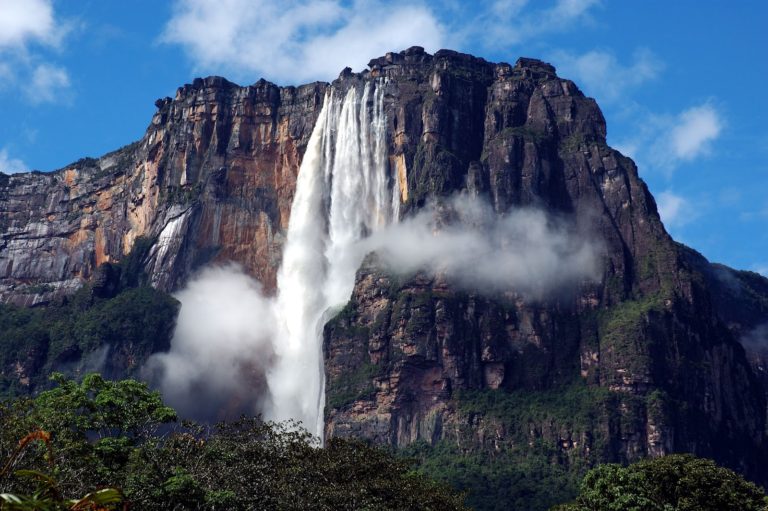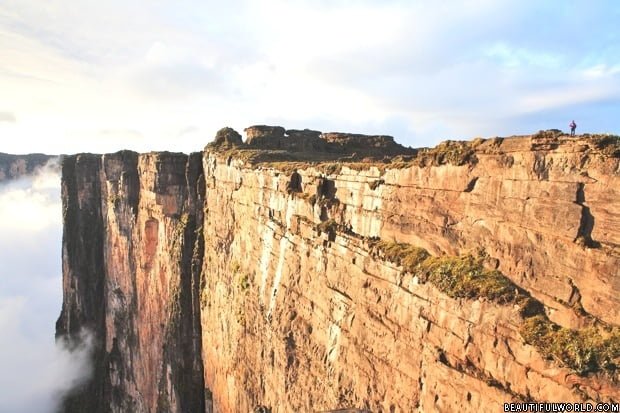Angel Falls
Angel Falls is the world’s highest uninterrupted waterfall. Located in Canaima National Park, the second largest national park in Venezuela, the waterfall tumbles from a cleft near the summit of table top mountain Auyán-tepu into what is known as Devil’s Canyon, 3212 feet (979m) below. The falls are a tributary of the Carrao River, itself…

 Venezuela’s diverse topography includes the rugged Andes Mountains, parts of the Amazon Jungle, a diverse selection of National Parks, and an almost perfect Caribbean coastline.
Venezuela’s diverse topography includes the rugged Andes Mountains, parts of the Amazon Jungle, a diverse selection of National Parks, and an almost perfect Caribbean coastline.


